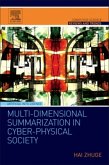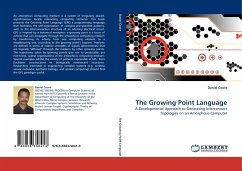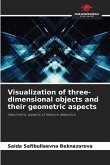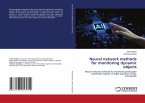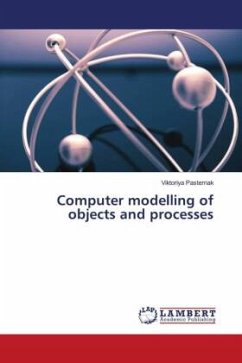In this research work we have studied the problem of the representation and tracking of objects under temporary restrictions for the analysis of the movement. The realism of the images makes tasks vision difficult at any level and the restrictions of vide-rate processing suggest the necessity to design systems able to provide an answer in a limited time and with an acceptable quality. Starting off with Fritzke's Growing Neural Gas (GNG), an extension of this work is proposed that has been named as Accelerated GNG. To fulfilled one of the goals of the work: the representation and tracking of people or objects in video sequences for the later interpretation of the movement, the representation obtained by means of neural gases have been used for this task, solving the problem of correspondence by means of the structure of the maps and adding capacities to the system at different levels of prediction. Finally, the proposal has been validated on applications related to the tracking and analysis of the movement of multiple objects or people for the man-machine interaction or in applications for hand gesture recognition.
Bitte wählen Sie Ihr Anliegen aus.
Rechnungen
Retourenschein anfordern
Bestellstatus
Storno


